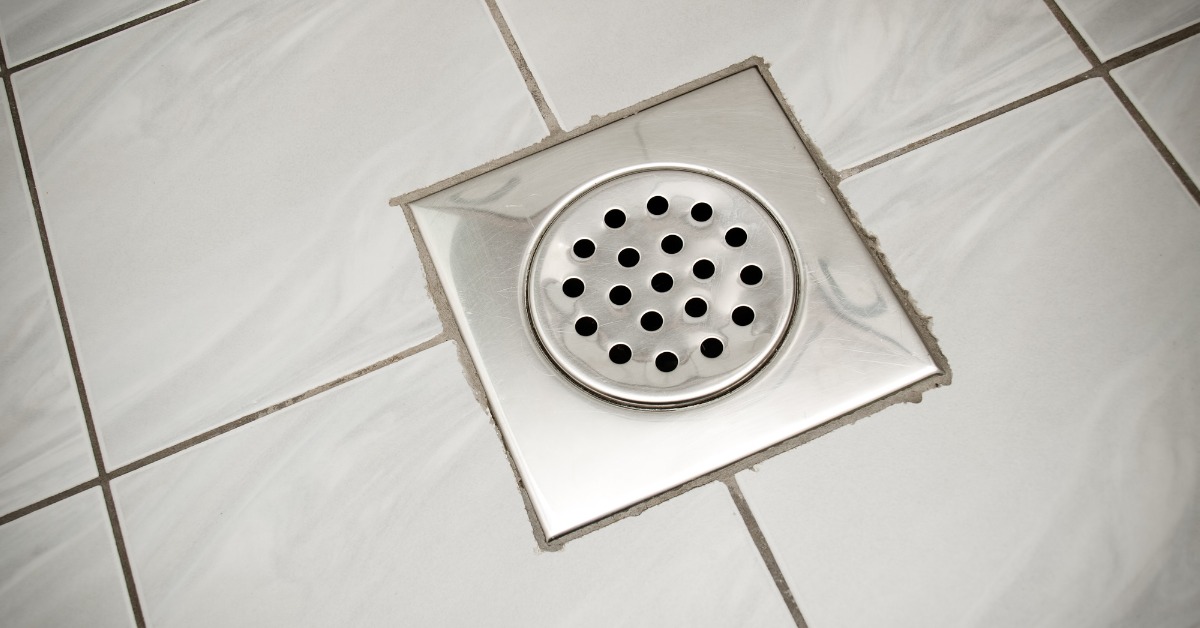
Drain trap seals are one of the most effective ways to reduce the risk of harmful disease transmitting in high-risk settings like hospitals and aged care facilities.
Hospital acquired infections (HAI), otherwise known as nosocomial infections, are common worldwide. These infections are a major concern, even in the best funded health care systems. The insidious infections can travel through a hospital undetected on staff hands, clothing, medical equipment and through the drains that connect one room to the next. However, there are ways of reducing, and even eliminating, the risks of transmission of infections in drain biofilm.
How Can Drains Harbour Diseases?
Drains in patient hospital rooms have been found to contain dangerous antibiotic-resistant diseases that can endanger the health of immunocompromised, elderly and sick patients.
The bacteria and viruses enter the drain through body waste being washed down the drain. It can live in the stagnant water and enter another patient’s room when the tap on a sink or shower is turned on. The bacteria can splash up from the drain onto hands or items surrounding the sink, or can be aerosolised and breathed in by the patient. When the bacteria is airborne, it can float up through the drain and into the room without the tap being turned on.
Some hospitals ban staff from tipping human waste down the drain, but bacteria still enters the drain through everyday personal hygiene activities like hand washing and showering.
How to Remove Bacteria From Drains
It became known years ago that the drains were to blame for some disease outbreaks in hospitals. Since then, hospitals and aged care facilities have tried to eliminate the bacteria through a variety of methods, including pouring hospital-grade disinfectants down the drain, pressure steaming and changing the type of plumbing to reduce stagnant water in the pipes. These methods had proven to reduce the volume of bacteria, but the risk was never completely eliminated and the high level of bacteria soon returned.
Drainage Issues in Dry Areas
Many health facilities experience issues with dry areas, or areas that don’t have water flowing constantly. These areas, including store rooms, walk-in fridges, cleaning cupboards and basements with cooling towers, often use P-traps (which generally contain small amounts of water at all times). The use of P-traps can result in water evaporating, which may result in the entire drainage/sewerage system being exposed throughout the facility (such as a hospital). This issue can be prevented entirely with the use of a clinical Green Drain.
Green Drains Clinical Version
Green Drain is a physical barrier in the form of a floor drain trap seal that’s retrofitted to sinks and drains to create a one way path. Water and debris can go down the drain, but bacteria can’t come back up the drain. The mechanical barrier also stops odours, sewer gases and insects from entering a patient’s room.
Green Drain is an eco-friendly option. No water is needed to help flush dangerous biofilm build-up and clean the drain. The barrier also eliminates the need for using strong smelling chemicals in hospital rooms, making it more comfortable for patients.
Green Drain is being used in hospitals and other high risk settings around the world to minimise the number of hospital acquired infections. Installing and removing this drain trap doesn’t require specialist plumbers, tools or caulking. Green Drain saves on the cost of chemical drain cleaners and staff time because it’s a set-and-forget system. Cleaning staff can concentrate their time on high touch surfaces knowing the drains have been taken care of.
If you would like more information about Green Drain, call Helix Solutions on 1300 29 32 32 or contact us online.